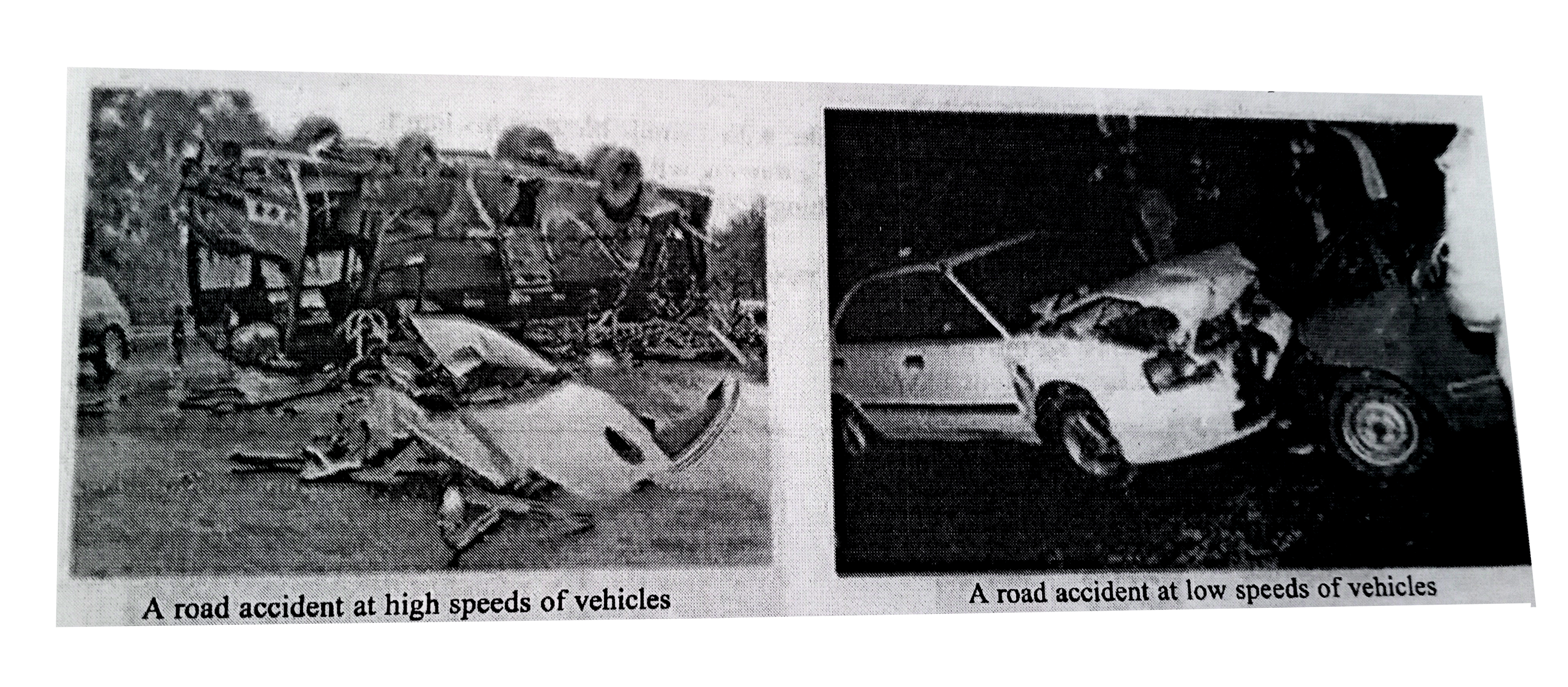Why are passengers travelling in a double decker bus allowed to stand in a lower deck, but not in the upper deck?
Step by step video & image solution for Why are passengers travelling in a double decker bus allowed to stand in a lower deck, but not in the upper deck? by Physics experts to help you in doubts & scoring excellent marks in Class 8 exams.
Updated on:21/07/2023Topper's Solved these Questions
- DYNAMICSBOOK - PEARSON IIT JEE FOUNDATIONCHAPTER - DYNAMICSEXERCISE - TEST YOUR CONCEPTS(ESSAY TYPE QUESTIONS)
4 Videos
- DYNAMICSBOOK - PEARSON IIT JEE FOUNDATIONCHAPTER - DYNAMICSEXERCISE - CONCEPT APPLICATION(LEVEL 1) (State whether the following statement is true or false.)
6 Videos
- DYNAMICSBOOK - PEARSON IIT JEE FOUNDATIONCHAPTER - DYNAMICSEXERCISE - TEST YOUR CONCEPTS(VERY SHORT ANSWER TYPE QUESTIONS)
31 Videos
- CHEMICAL EFFECTS OF ELECTRIC CURRENTBOOK - PEARSON IIT JEE FOUNDATIONCHAPTER - CHEMICAL EFFECTS OF ELECTRIC CURRENTEXERCISE - COMPETITION CORNER (MCQ)
48 Videos
- ELECTRICITYBOOK - PEARSON IIT JEE FOUNDATIONCHAPTER - ELECTRICITYEXERCISE - CONCEPT APPLICATION (Level 3)
10 Videos
Similar Questions
Passengers are to travel by a double decked bus which can accommodate 13 in the upper deck and 7 in the lower deck. The number of ways that they can be divided if 5 refuse to sit in the upper deck and 8 refuse to sit in the lower deck, is
View SolutionPassengers are to travel by a double decked bus which can accommodate 13 in the upper deck and 7 in the lower deck. Find the number of ways that they can be distributed if 5 refuse to sit in the upper deck and 8 refuse to sit in the lower deck.
View Solution
Knowledge Check
Passengers are to travel by a double decked bus which can accommodate 13 in the upper deck and 7 in the lower deck. The number of ways that they can be distributed if 5 refuse to sit in the upper deck and 8 refust to sit in the lower deck is
A25B21C18D15When one of the passengers was traveling on a city bus, his mobile phone slipped from his hands and that fell out of the bus through the window. This was observed by a school boy standing on the road. The path of the mobile phone observed by the school boy is ___________.
AcircularBparabolicClinearDelliptical
15 Passengers are to travel by a double decker bus which can accomodate 5 in upper deck and 10 in lower deck. The number of ways that the passengers are distributed is
View SolutionThere are 10 seats in a double decker bus, 6 in the lower deck and 4 on the upper deck. Ten passengers board the bus, of them 3 refuse to go to the upper deck and 2 insist on going up. The number of ways in which the passengers can be accommodated is (Assume all seats to be duly numbered)
View SolutionStanding is not allowed in a double decker bus. Why ?
View Solution(a) What happens to the passengers travelling in the bus when the bus takes a sharp turn ? Give reasons for your answer.
(b) Why are road accidennts at high speeds very much worse than road accidents at low speeds ?

View SolutionA double-decker bus carry (u+l) passengers, u in the upper deck and l in the lower deck. Find the number of ways in which the u+l passengers can be distributed in the two decks, if r(≤l) particular passengers refuse to go in the upper deck and s(≤u) refuse to sit in the lower deck.
View SolutionA glass of refractive index 1.5 is coated with a thin layer of thickness t and refractive index 1.8 . Light of wavelength λ travelling in air is incident normally on the layer. It is partly reflected at the upper and the lower surfaces of the layer. It is partly reflected at the upper and the lower surfaces of the layer ant the two reflected rays interface . If λ=648nm, obtain the least value of t(in10−8m) which the rays interface constructively.
View Solution
